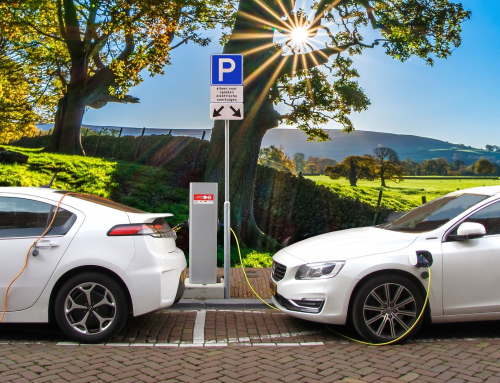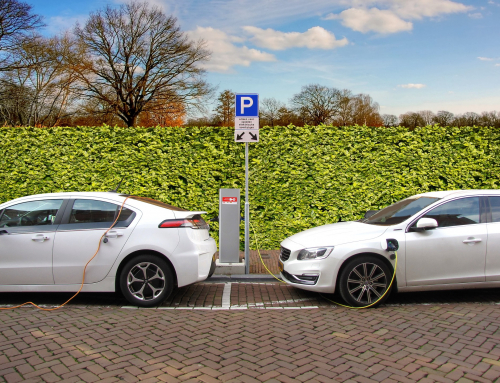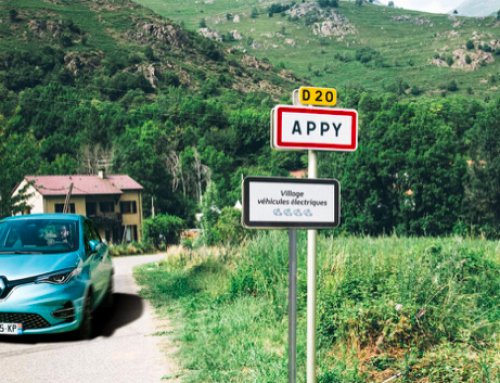By Barney Smith
We are told that electric vehicles form a greater and greater percentage of the motor fleet in the UK and that this “proves” that the electric revolution is unavoidable and inevitable.
The electric revolution may indeed turn out to be inevitable. But the trend towards electric vehicles needs to be kept in proportion: there are 38.2 million vehicles on the roads of the UK, of which ietween 500,000 and 400.000 are electric vehicles and a further nearly 400,000 hybrids. So added together they constitute rather over 2% of the vehicle population-which is perhaps not that striking. But rather more striking is the rate at which electric vehicles are being registered. Of those vehicles registered last month, nearly one third were electric, which is a huge increase month on month and year on year.

Image by Menno de Jong from Pixabay
So why doesn’t everyone switch to an electric car tomorrow? There are three basic reasons:-
Firstly, range anxiety: too many people still imagine themselves somewhere unfamiliar, at the wheel of an electric car, out of electricity and with no charger in sight; it is true that electric chargers are much rarer than petrol pumps though there is a manifest contradiction between the average daily journey (well under 50 miles) and the fact that range anxiety occurs up to at least 200 miles.
Secondly, scarcity; something abnormal is happening when the second-hand value of a car is greater than its new value. The reason is the world-wide shortage of semi-conductors, which translates into long delays for new cars of all sorts. It has to be hoped that this is a temporary phenomenon, but while it persists, electric cars are not exempt;
Thirdly, expense; electric cars are relatively more expensive to buy than their petrol or diesel equivalents, though over a certain time they are allegedly much cheaper to run. (A lot depends on exactly how “a certain time” is calculated.)
Initially, it was suggested that education was the way to deal with the first problem; the experts said that electrical recharging was quite different in kind from petrol recharging ,for while almost all petrol recharging took place during the trip, most electrical recharging would take place at home (60%); most of the rest (another 30%) would take place at the work place; 7% would take place at Journey’s end; only 3% would actually happen during a trip. Since the bulk of the recharging would take place overnight, the somewhat lengthy time taken to refuel would not be terribly important.
But the oil companies, on whose forecourts the existing system was based, were not slow to see the importance to them of more high speed chargers installed on their forecourts. They decided that the way to go was rather to adapt the existing system, which demanded speedier refuelling. Eg in 2018 BP took over Chargemaster, a specialist charging firm first founded in 2008. At the time, Charge master had 7,500 recharging units; BP set a target of 75,000 units by 2030. They mean business, but will the result adequately answer our changing needs then? As usual, only time will tell.





